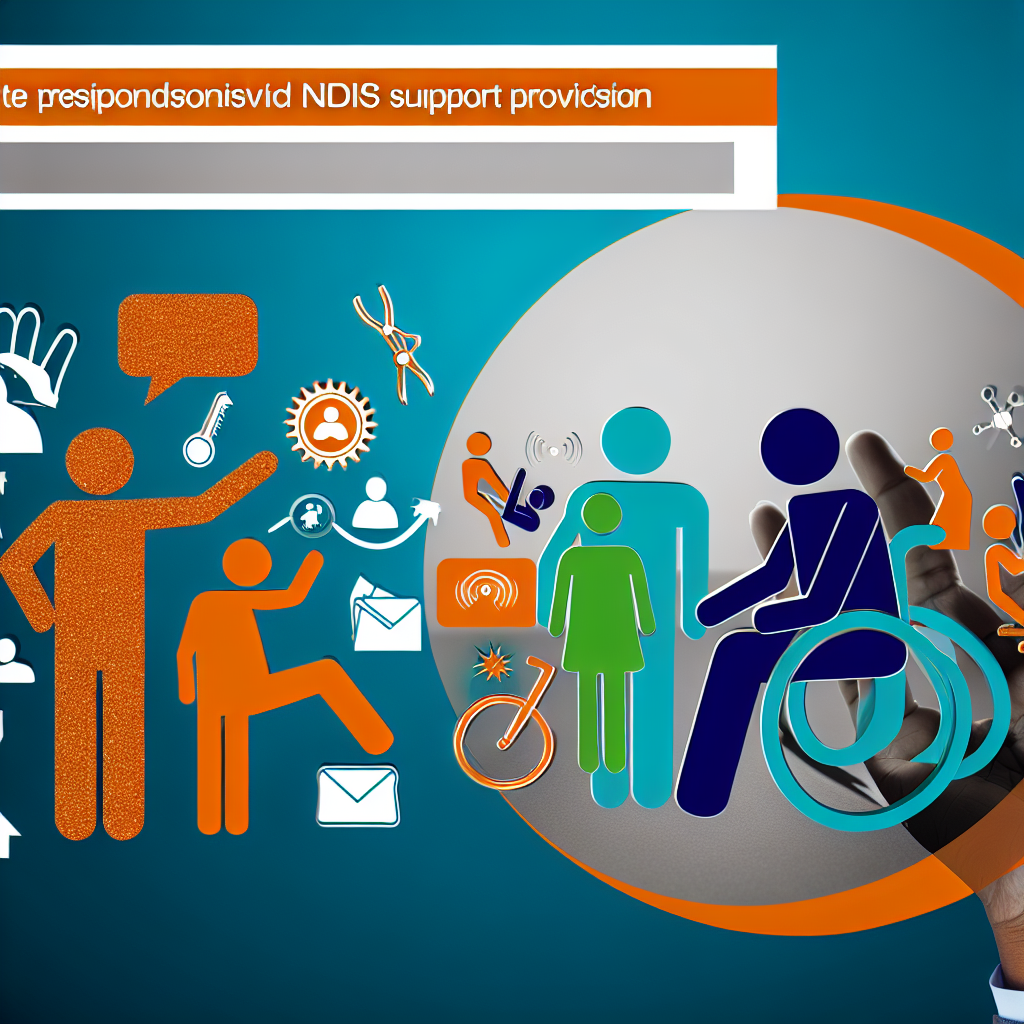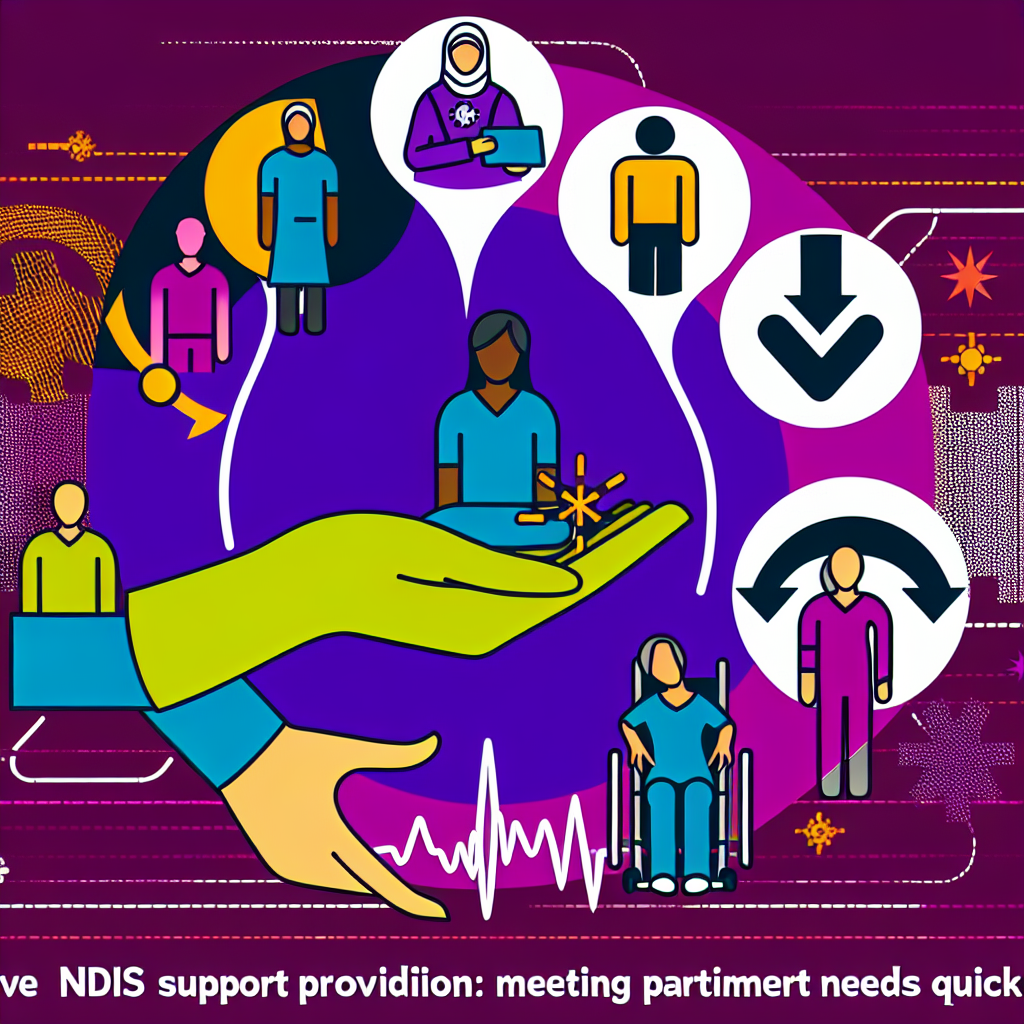In a multicultural nation like Australia, addressing the needs of diverse communities is more important than ever, especially in sectors involving healthcare and social services. The National Disability Insurance Scheme (NDIS) is one such initiative aiming to transform individuals’ lives with disabilities by providing essential services and support. However, for the NDIS to truly succeed, it must embrace and promote cultural safety. This involves understanding and respecting cultural differences, fostering environments where all participants feel valued, and ensuring services are accessible to everyone, regardless of their cultural background.
Understanding Cultural Safety in the NDIS
Cultural safety is a concept that originated in New Zealand in the late 1980s, primarily in the healthcare sector. It focuses on creating an environment that is spiritually, socially, and emotionally safe for individuals, acknowledging the importance of cultural identity. Applying cultural safety within the NDIS means that service providers must consider the cultural and linguistic diversity of participants and ensure that support is not only appropriate but also empowering.
Why Cultural Safety Matters
The Australian population is incredibly diverse, with the 2021 Census revealing that almost half of Australians were either born overseas or have at least one parent born overseas. This diversity means that people engaged with the NDIS might have different cultural practices, languages, and beliefs that influence their needs and expectations. For instance, certain cultures might view disability differently, affecting how they perceive and access support services. Recognizing and respecting these differences is essential to delivering effective and meaningful care.
The Role of Service Providers
NDIS service providers play a crucial role in fostering cultural safety. This involves training staff to understand cultural differences and encouraging practices that create a respectful and inclusive atmosphere. This also means offering language support services and employing staff who speak various languages or are of diverse backgrounds themselves. By doing so, service providers can better communicate with and understand the specific needs of culturally diverse participants.
Strategies for Promoting Cultural Safety
Implementing cultural safety within the NDIS requires deliberate strategies and a commitment to ongoing improvement. Here are several strategies that can help achieve this goal:
- Community Engagement: Encourage collaboration between NDIS providers and community representatives to ensure services are tailored to meet cultural needs.
- Training and Education: Provide regular cultural competence training for all staff members to enhance their understanding and ability to handle cultural issues sensitively.
- Policy Development: Develop specific policies that recognize the importance of cultural safety and provide frameworks for addressing cultural issues effectively.
- Feedback Mechanisms: Establish channels through which participants can provide feedback on the cultural responsiveness of services without fear of reprisal, encouraging open communication.
Case Studies: Success Stories from the NDIS
The success of cultural safety initiatives can be seen in various NDIS case studies where tailored services have significantly improved participant outcomes. For example, a service provider working with Indigenous communities on cultural land has created programs that incorporate traditional healing practices alongside modern therapy, resulting in improved engagement and trust. Similarly, service providers offering support in multiple languages have enabled better access and understanding among communities who might otherwise face barriers due to language differences.
Challenges in Implementing Cultural Safety
While the benefits of cultural safety are evident, there are challenges that service providers may face in its implementation. Limited resources, cultural misunderstandings, and resistance to change can hinder progress. Additionally, the need for comprehensive data on cultural diversity can make it difficult to tailor services effectively.
Overcoming Barriers
To overcome these challenges, stakeholders must prioritize cultural safety as a core element of their services. This includes securing funding for cultural competence training, promoting multicultural representation in decision-making bodies, and integrating cultural safety objectives into the business goals of NDIS providers. By addressing these obstacles head-on, service providers can create a more inclusive environment that benefits all participants.
Conclusion
Cultural safety within the NDIS is not merely an option; it is a necessity for ensuring equitable and effective support for all individuals, regardless of their cultural background. By embracing cultural safety principles, we can enhance the trust and engagement of NDIS participants, ultimately leading to better outcomes and more satisfying experiences. As we continue to make strides in this area, it is crucial that both service providers and participants work together to foster an environment of respect, understanding, and inclusivity. This ensures that the NDIS remains a truly transformative support system for every Australian.




